How Return-to-Office Trends Are Reshaping Office Design
Traditional office work has undergone significant transformations in recent years, leading to a widespread shift toward remote and hybrid setups.
Posts about:
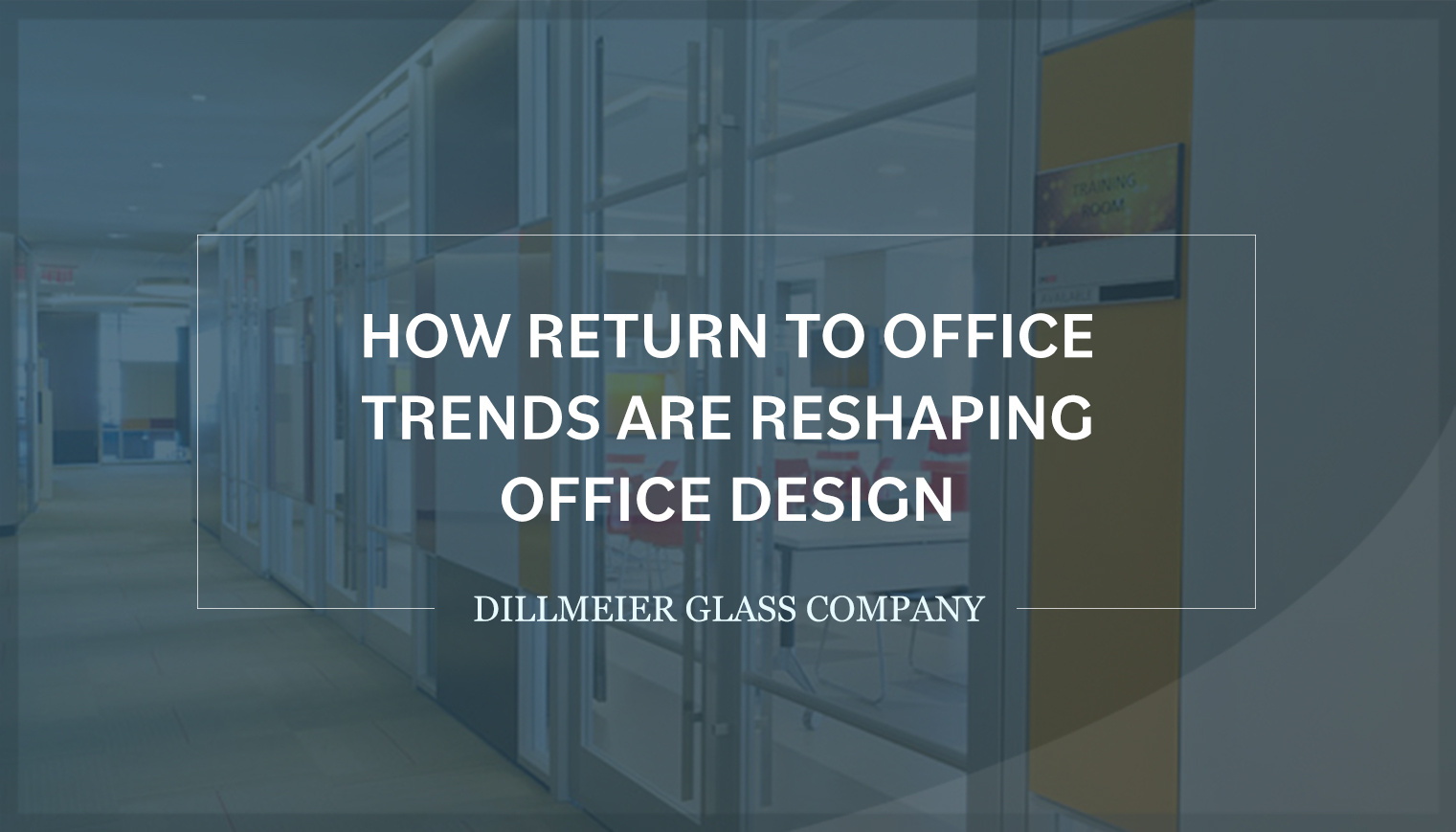
Traditional office work has undergone significant transformations in recent years, leading to a widespread shift toward remote and hybrid setups.
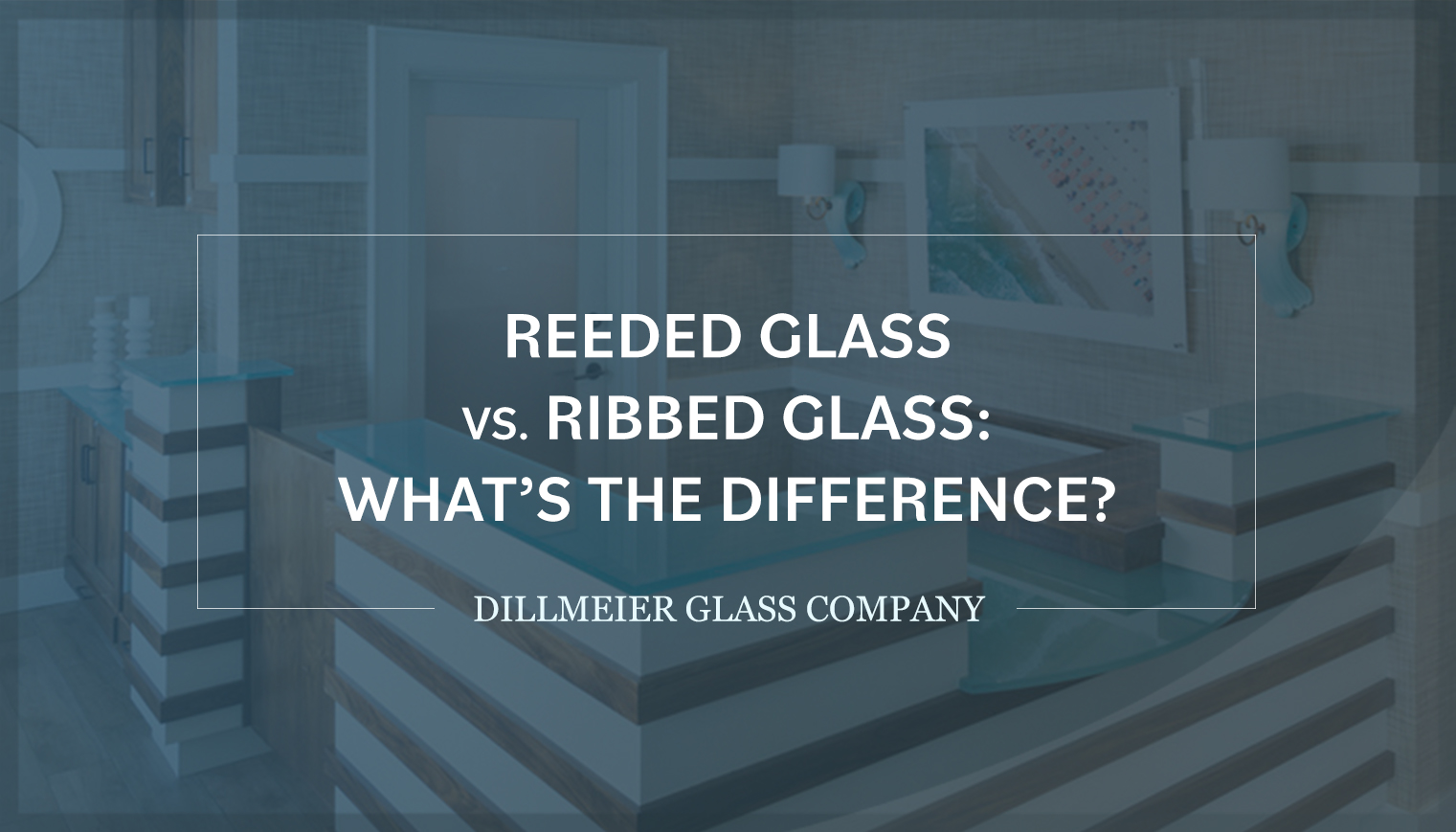
Editor’s Note: This blog post was originally published in March 2022 and has been revised to reflect industry updates.
If your project requires subtle hints of decorative elements while still promoting interior natural light, both ribbed glass and reeded glass are appropriate. Differentiated through thickness and groove levels, reeded glass provides a hollowed-out, inward look, while ribbed or “fluted” glass boasts a curve-like, outward appearance.
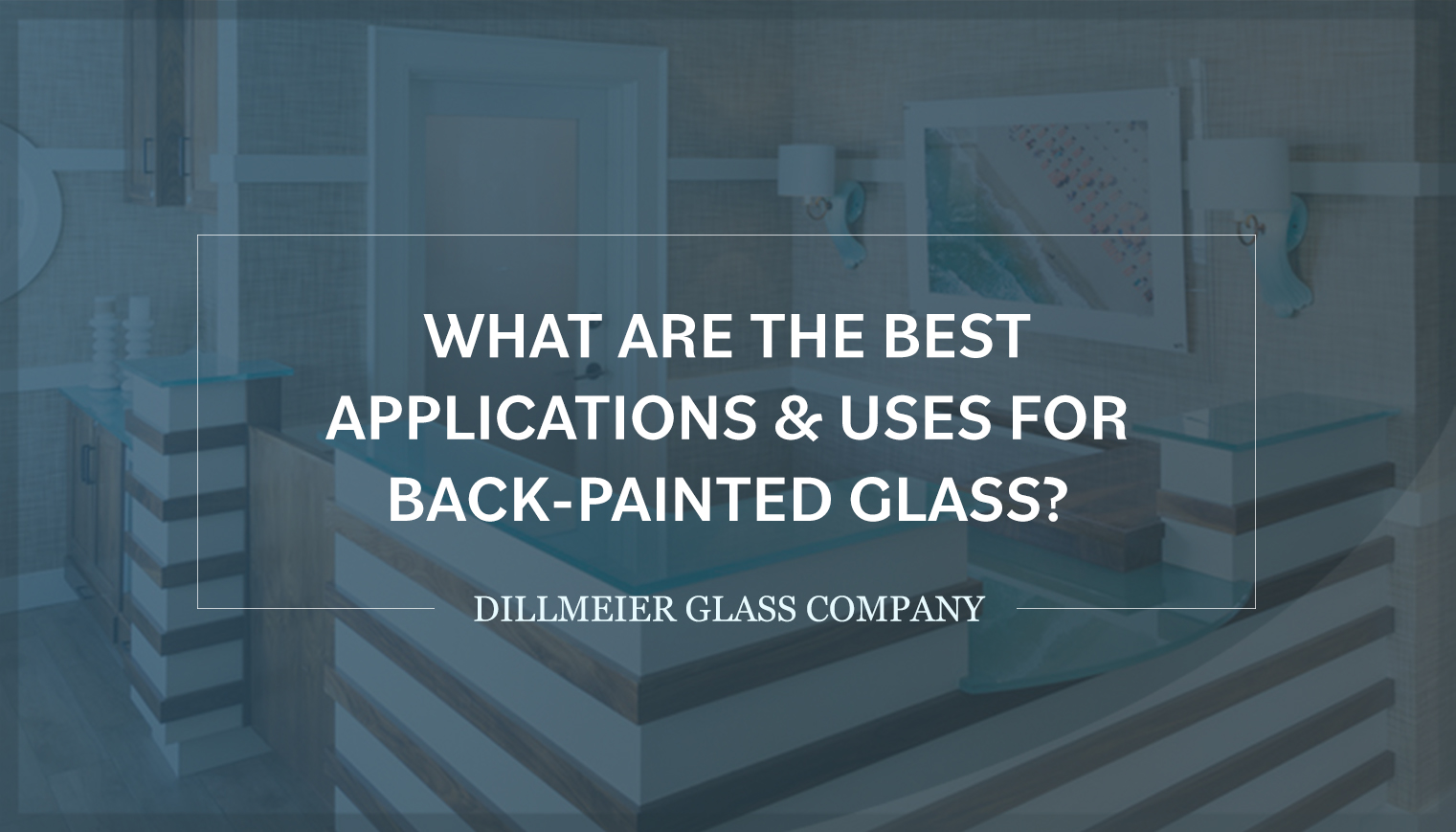
Whether adding subtle hues or all-encompassing color schemes, back-painting can elevate the aesthetics and style of any commercial space.
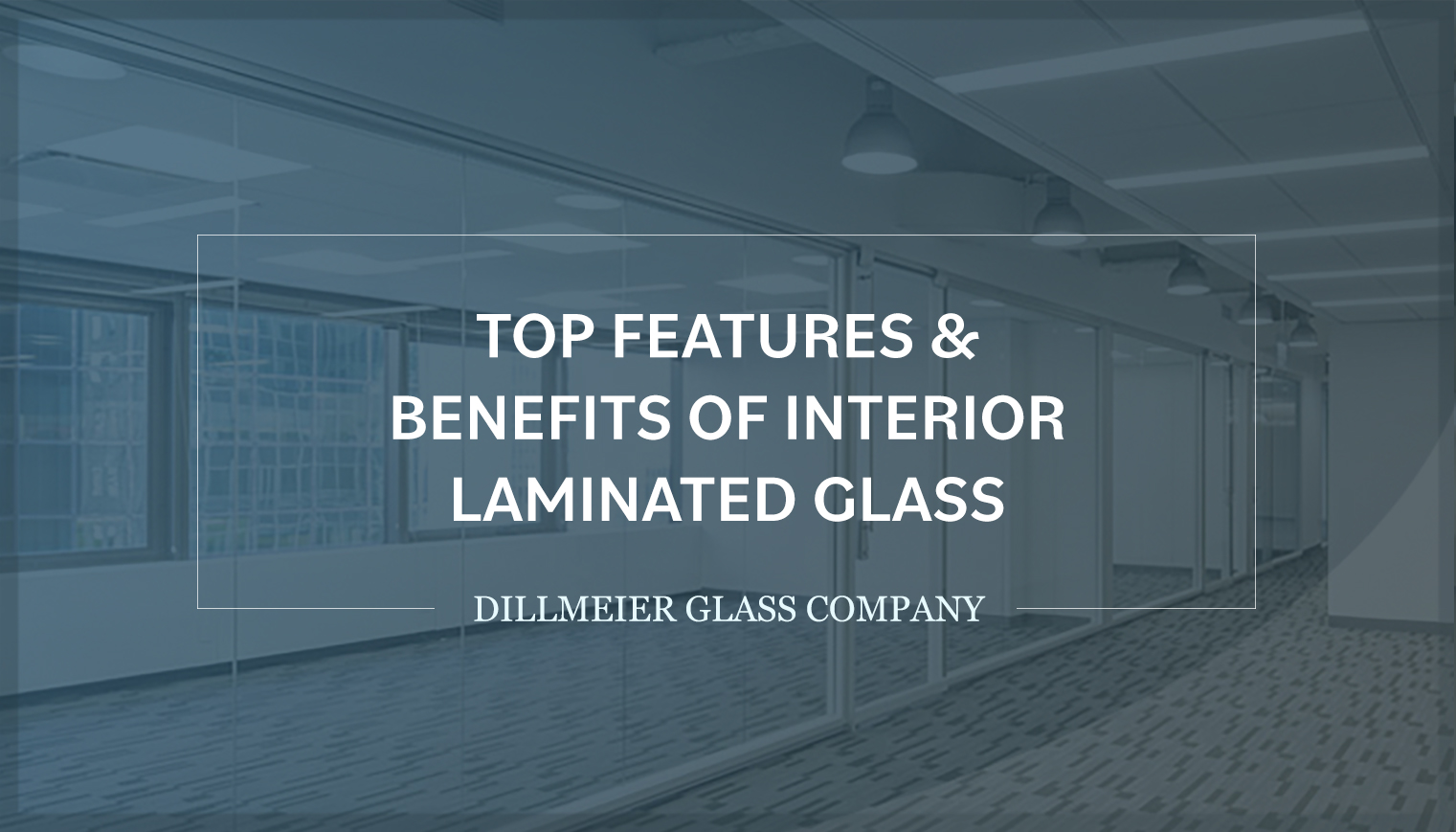
Whether seeking a stylish and decorative aesthetic or enhanced safety and security, laminated glass features many advantages that can elevate any interior space.
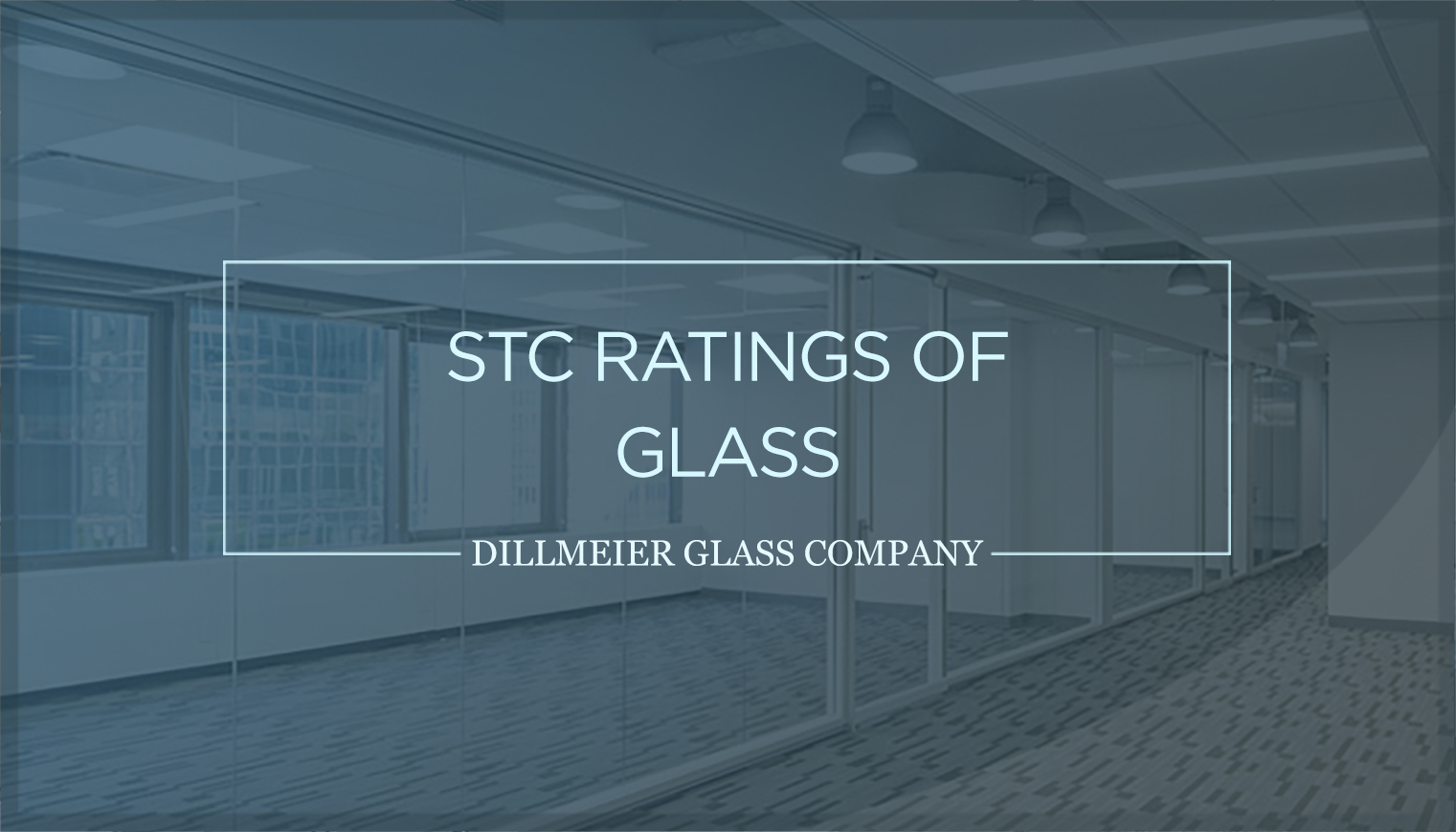
Editor’s Note: This blog post was originally published in February 2019 and has been revised to reflect industry updates.
Sound Transmission Class (STC) ratings for glass range from low to almost soundproof. While glass alone is simply a faint noise insulator, additional fabrication processes can be implemented to improve performance and noise reduction, such as lamination, double-glazing, or a combination of the two.
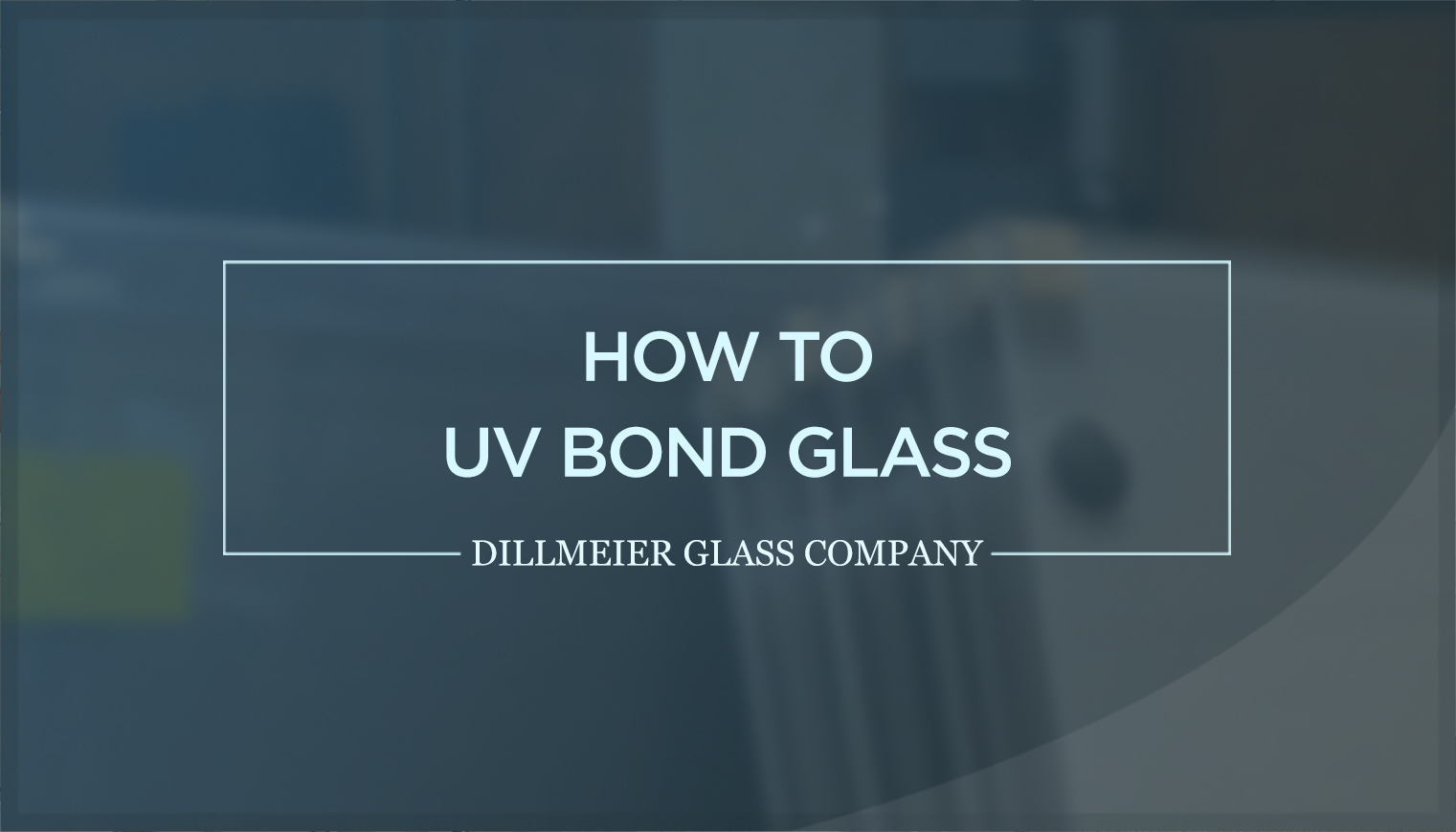
Editor’s Note: This blog post was originally published in March 2020 and has been revised to reflect industry updates.
Ultraviolet (UV) bonding involves the preparation and joining of two glass pieces utilizing a specialized, two-step adhesive process of pre-curing and final curing.
When successful, the UV bonding adhesive should be minimally visible, with smooth and clean lines. This is used frequently for retail applications, such as creating frameless glass display cases. Despite involving several pieces of glass, UV bonding produces an elegant and seamless display.
Before discussing how UV bonding can achieve a desirable appearance, let’s first address its relevant applications, security features, and more.
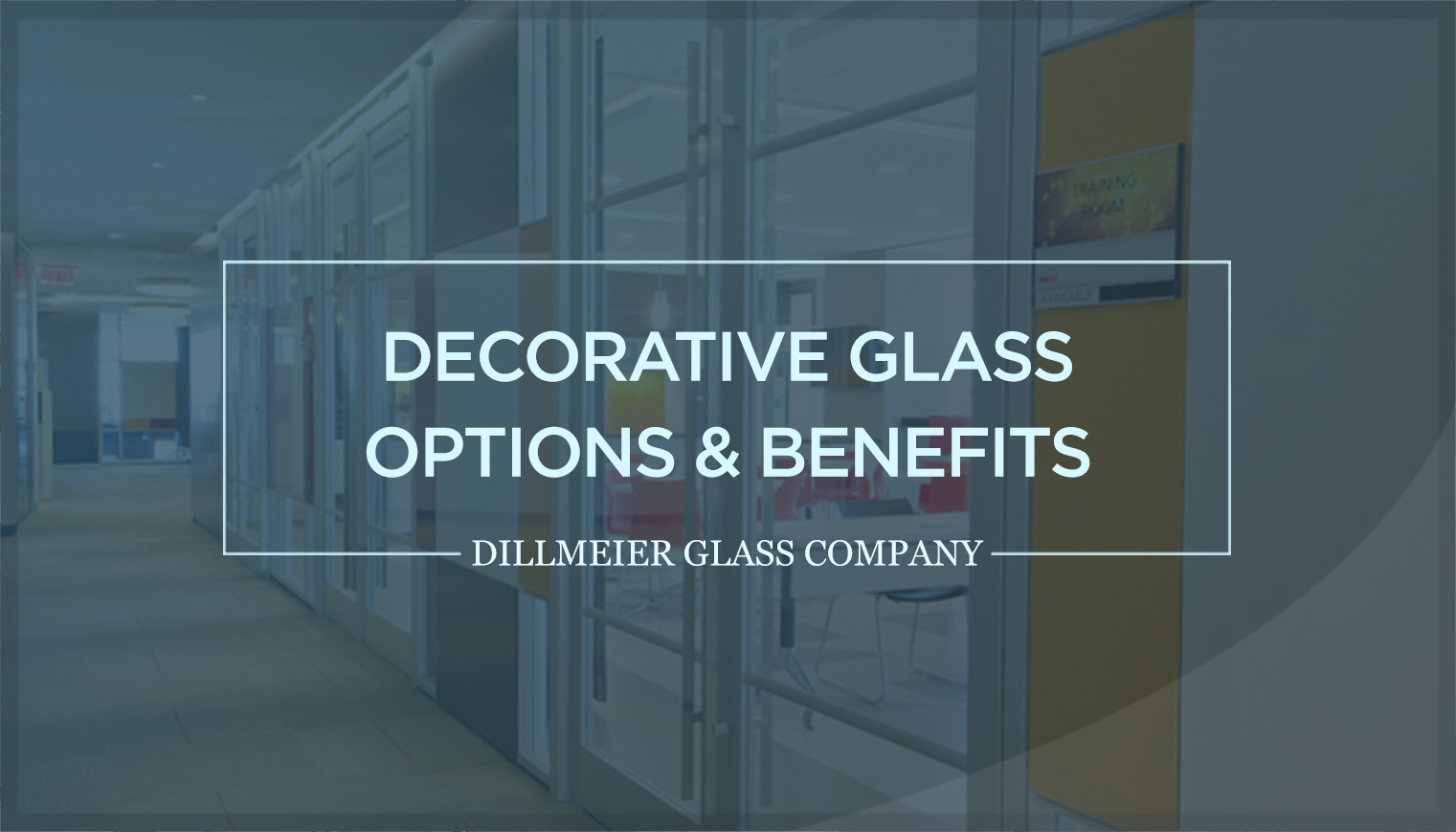
Editor’s Note: This blog post was originally published in June 2020 and has been revised to reflect industry updates.
Decorative glass is often utilized in various industries and applications for its unique color options, textures, customizations, branding, and other design elements. It adds extends natural light within interior spaces, along with required privacy. With many customizable features including laminated glass, sandblasting, silkscreening, and back-painting it’s best to consult an experienced fabricator, such as Dillmeier Glass Company, to ensure your project achieves and exceeds your goals.
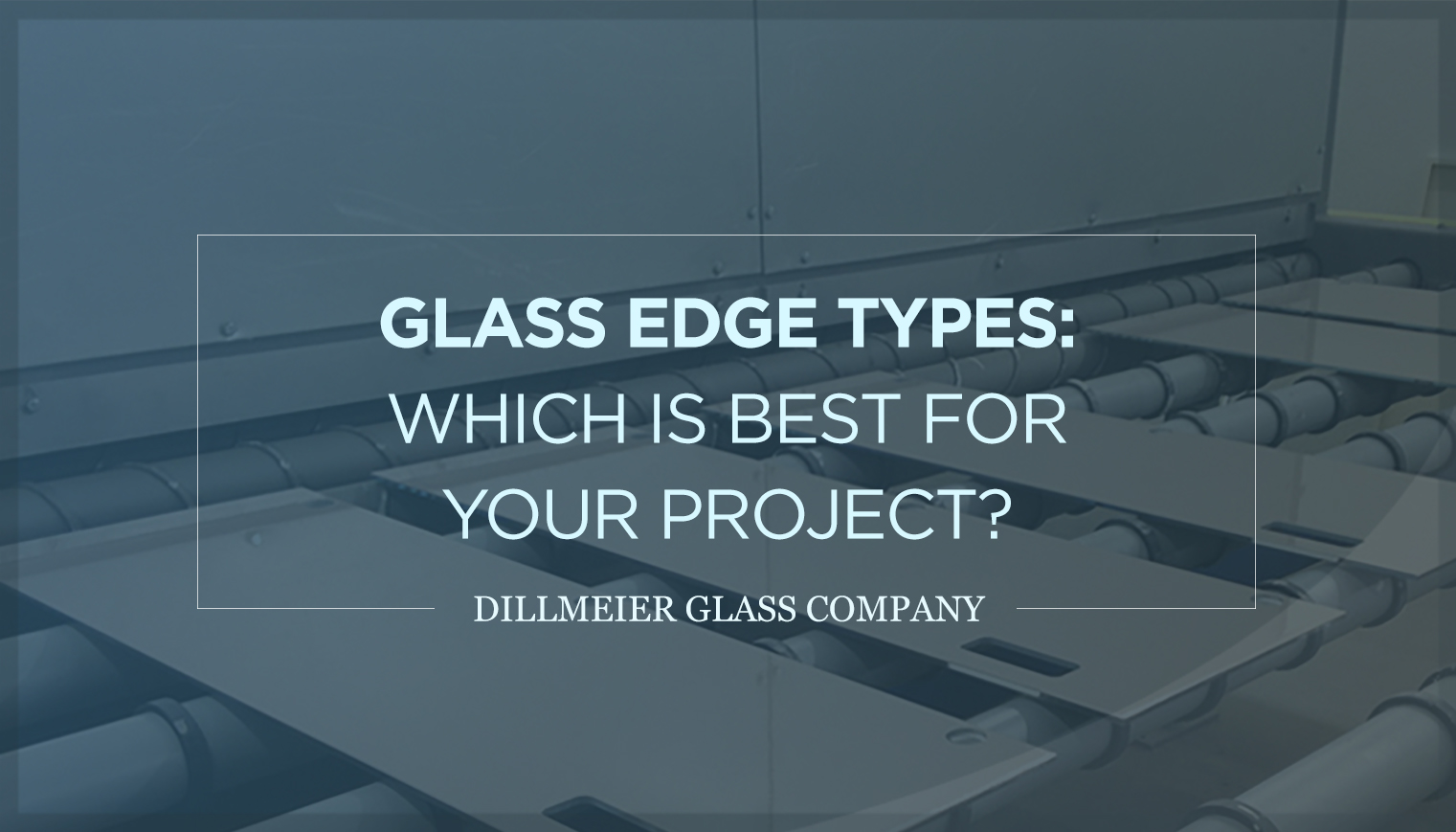
Editor’s Note: This blog post was originally published in February 2020 and has been revised to reflect industry updates.
When it comes to glass fabrication processes, one of the most important is edging. Creating a sophisticated, finished look, it’s often incorporated into conference tables, partitions, dividers and doors, markerboards, and display cases in a vast array of retail, hospitality, and office environments.
Glass edging adds style and character. It’s also easy to clean and maintain. Regardless of industry, custom edgework is additionally utilized to help prevent injuries from chipped or jagged glass corners. Choosing the best type is determined by several factors and considerations, such as the fabrication project, and intended application and usage.
Below we’ll discuss the glass edging process, review several types, and address why some are more appropriate for specific applications than others.
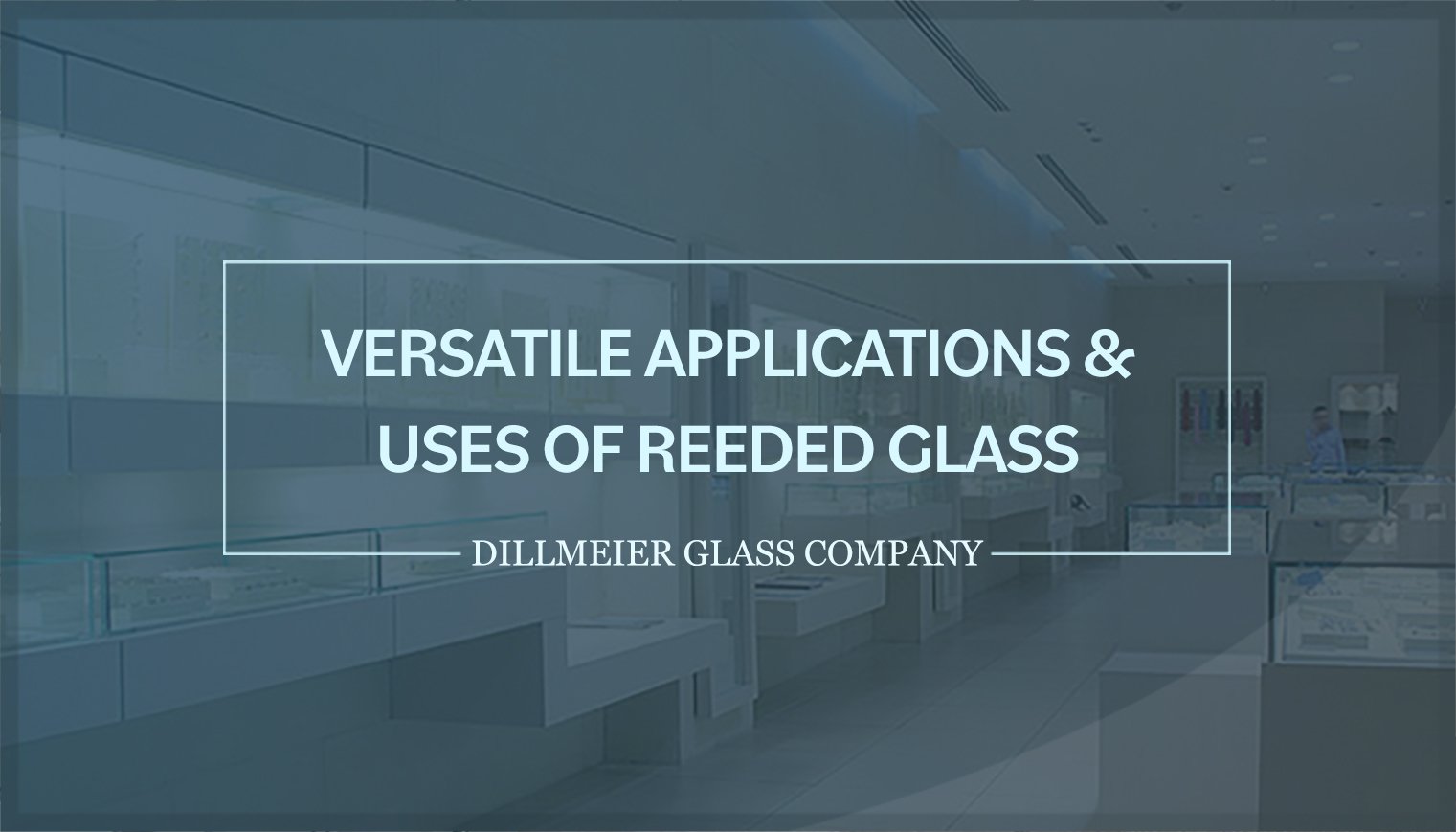
Characterized by its textured ripples, reeded glass creations can vary in size, shape, and scope—with primary commercial applications those workspaces requiring ample natural light yet privacy.
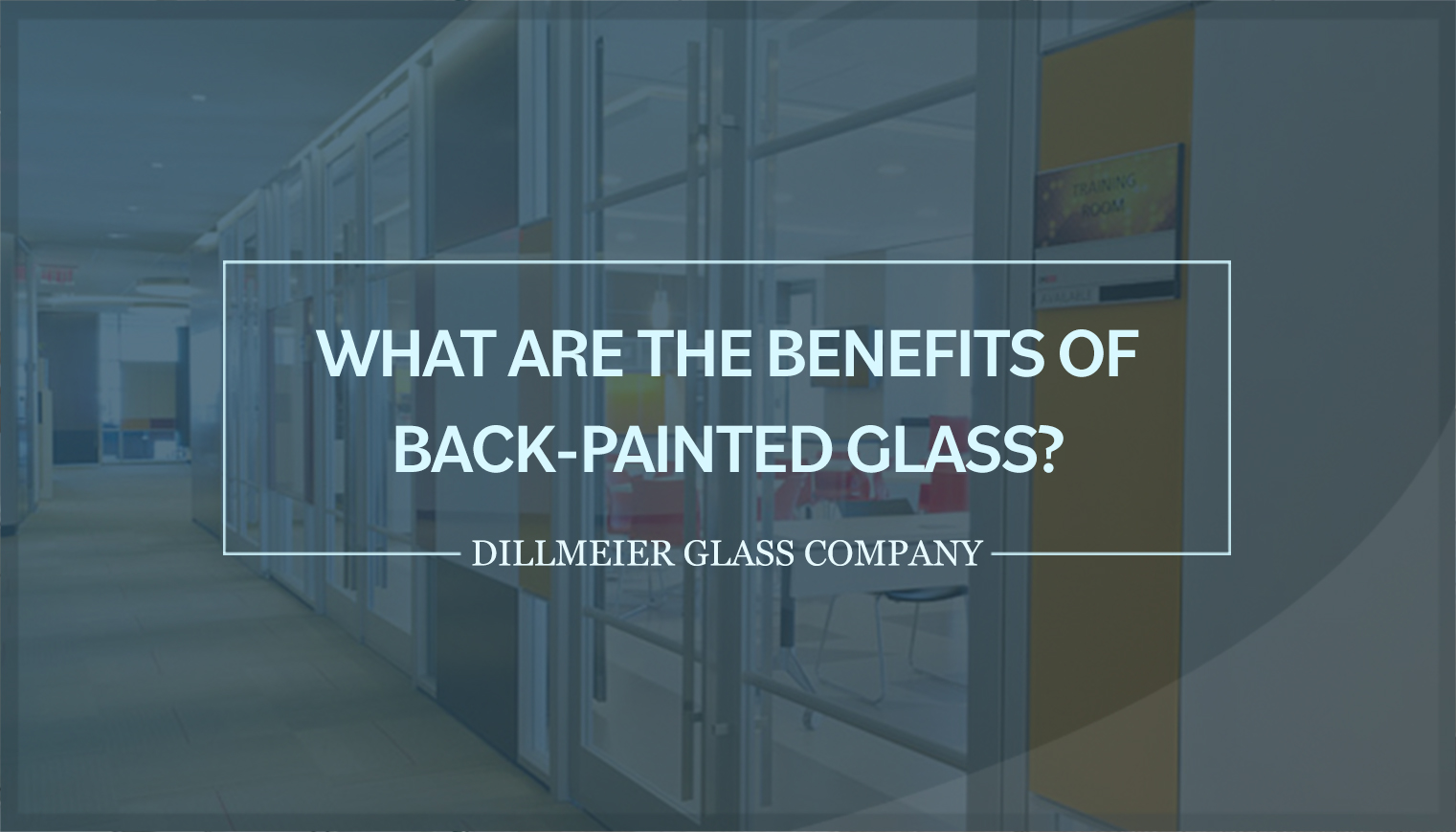
Whether adding pristine branding and pops of color for retail and hospitality guest experiences or within an office, back-painting elevates an average glass piece to the next level, and beyond.
Beauty and simplicity aside, back-painting is functional and easy to maintain. Its durability and strength make it useful for applications within high-traffic areas, including glass railings, hotel lobby walls, partitions and dividers, shower enclosures, and more.